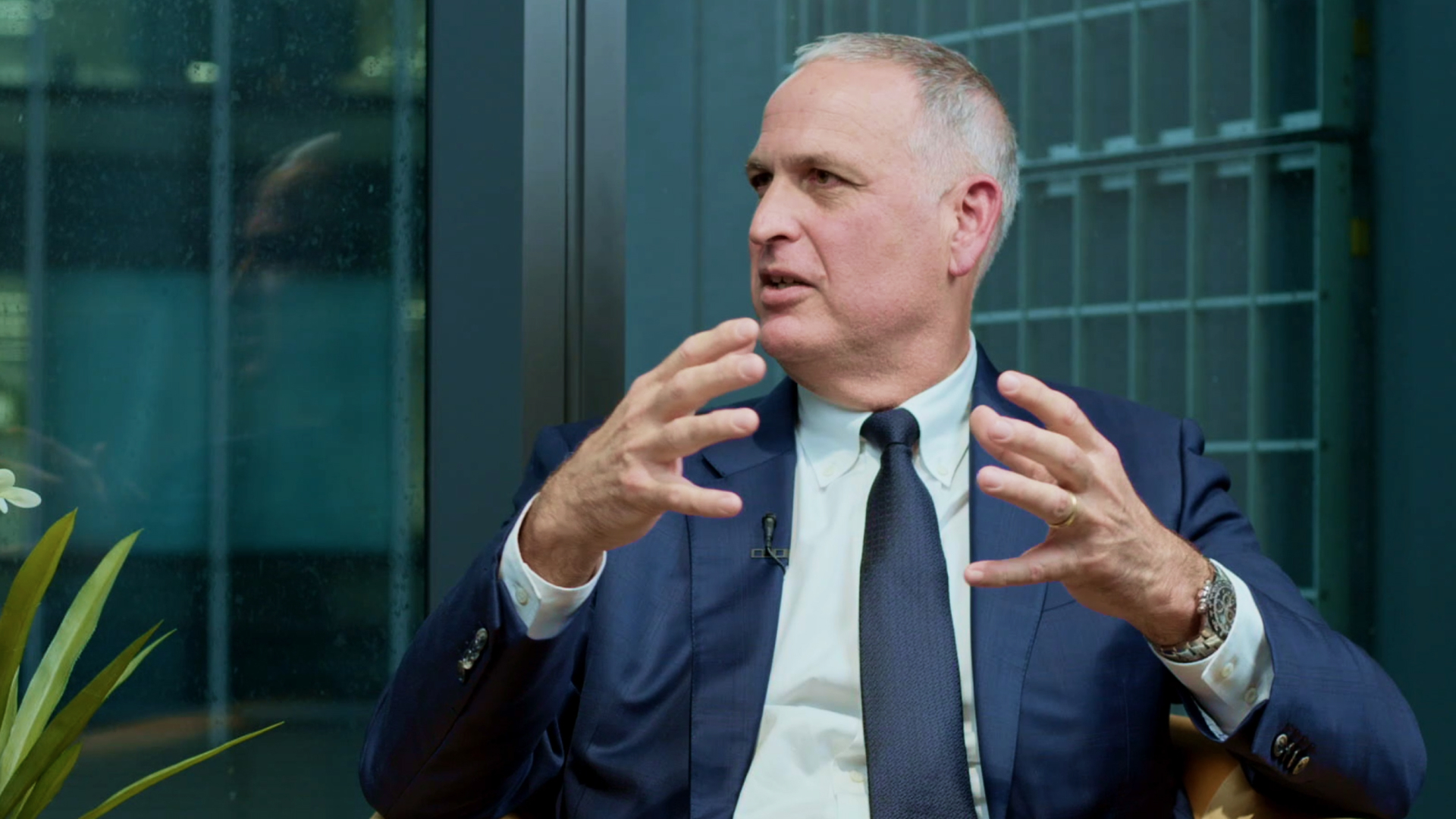A data-driven approach to stable income in uncertain times
In a volatile environment, consistent income and capital preservation are essential. That’s the philosophy behind the Barings Liquidity Investment Strategy (BLIS), a fund co-managed by Ashley Burtenshaw and Stephen Fleming, and backed by one of the world’s largest asset managers.
In this Fund in Focus, Burtenshaw outlines how BLIS targets “liquidity-seeking” investors – those who want daily access without compromising on portfolio quality.
While BLIS is relatively new to the wealth market, the underlying institutional strategy has been running since 2010. The team tracks more than 59,000 residential mortgage loans, applying a meticulous and data-rich process to assess credit risk, stress-test scenarios, and allocate capital with confidence.
“Risk has to be controlled,” says Burtenshaw.
“Only once we’ve done that can we decide what spread we’re being paid and whether it’s worth it.”
Using proprietary loan-level data and deep experience in RMBS markets, Burtenshaw and team aim to deliver steady returns without chasing yield. Liquidity, diversification, and consistency are at the heart of the portfolio design. As investor interest in structured credit grows, BLIS may be well-positioned to benefit.

“Risk has to be controlled”: Why this strategy prioritises liquidity and consistency
For investors chasing stable income without sacrificing access to capital, the Barings Liquidity Investment Strategy (BLIS) offers a compelling case. Co-managed by Ashley Burtenshaw of Gryphon Capital, which is a Barings company, BLIS is built on a time-tested institutional strategy, refined over 15 years, and now open to a broader investor base.
“It’s a liquidity-seeking strategy,” Burtenshaw explains. “We want to offer daily access and still deliver dependable returns.”
The BLIS approach combines rigorous risk management with deep data analysis, targeting high-quality residential mortgage-backed securities (RMBS). In volatile markets, that blend of liquidity and discipline is increasingly rare.
From institutional roots to mainstream appeal
The BLIS strategy dates back to 2010 and has long been popular with large institutional clients. Since joining forces with global manager Barings in 2023, Gryphon has expanded its reach internationally and opened the strategy to wealth investors.
“The AUM has nearly doubled since the acquisition,” Burtenshaw says. “And the strategy is now getting international recognition.”
While the fund itself is relatively new to the wealth market, the portfolio managers and process behind it are anything but. Burtenshaw and co-manager Stephen Fleming have been navigating the RMBS market for more than a decade, leaning on a proprietary dataset, built loan by loan.
Managing risk in a volatile environment
With markets swinging between rate hikes, inflation fears and recession risk, BLIS is designed to remain steady.
Burtenshaw explains that in periods of volatility, the team shortens its spread duration, increases portfolio liquidity, and shifts its allocation toward AAA-rated assets.
“We’re selling volatility – that’s how we get paid,” he says. “But we also reduce risk when the market gets jumpy.”
BLIS also avoids fragile structures and poor-quality assets that may be vulnerable to credit downgrades or liquidity stress. The team constantly monitors loan-level risk factors like postcode exposure and loan-to-value ratios, using those insights to stay ahead of trouble.
59,000 loans, not one-size-fits-all
A key strength of the BLIS portfolio is its scale and diversity. With more than 59,000 residential mortgage loans in the pool, risk is spread across geographies and borrower types.
Rather than diversifying by lender, BLIS concentrates at the loan level, giving the team better control and insight.
“If you heat-mapped our portfolio, it would mirror Australia’s $2 trillion mortgage system,” Burtenshaw notes.
Loan-to-value ratios are also scrutinised. High-LVR loans in poor-performing postcodes are avoided, while insured loans or those in more stable regions offer greater comfort.
Preserving capital while delivering income
Burtenshaw is clear that BLIS puts capital preservation first. The team evaluates every bond as if it’ll hold it to maturity – what they call “bond heaven”.
Only once the downside is protected does the team consider what income the investment should deliver.
This framework helps balance the twin goals of sustainable income and capital stability, especially important for investors seeking daily liquidity.
Constant feedback and evolution
BLIS is designed to be consistent, but that doesn’t mean static. Feedback loops are constantly reviewed to ensure the portfolio aligns with its risk and return objectives.
“The market’s always evolving. So are we,” Burtenshaw says.
He notes that with 40% prepayment rates in some pools, ongoing refinancing can materially affect deal structures, which is why BLIS keeps adjusting its models and assumptions.
RMBS steps into the spotlight
Burtenshaw also reflects on the growing accessibility of RMBS as an asset class, with the recent launch of The VanEck Australian RMBS ETF (ASX: RMBS) marking a shift toward mainstream adoption.
“It’s been 17 years since RMBS were seen as the villain,” he says.
“Now people are starting to see it for what it is – a robust income-generating asset.”
He credits time, education, and even AI tools with helping to demystify the asset class.
What’s next?
Following the success of the Gryphon Capital Income Trust (ASX: GCI) and now BLIS, Burtenshaw hints that a third fund, positioned between liquidity-seeking and return-seeking strategies, may be in the pipeline.
“It’s not something I can talk about just yet,” he says. “But watch this space.”
5 topics


